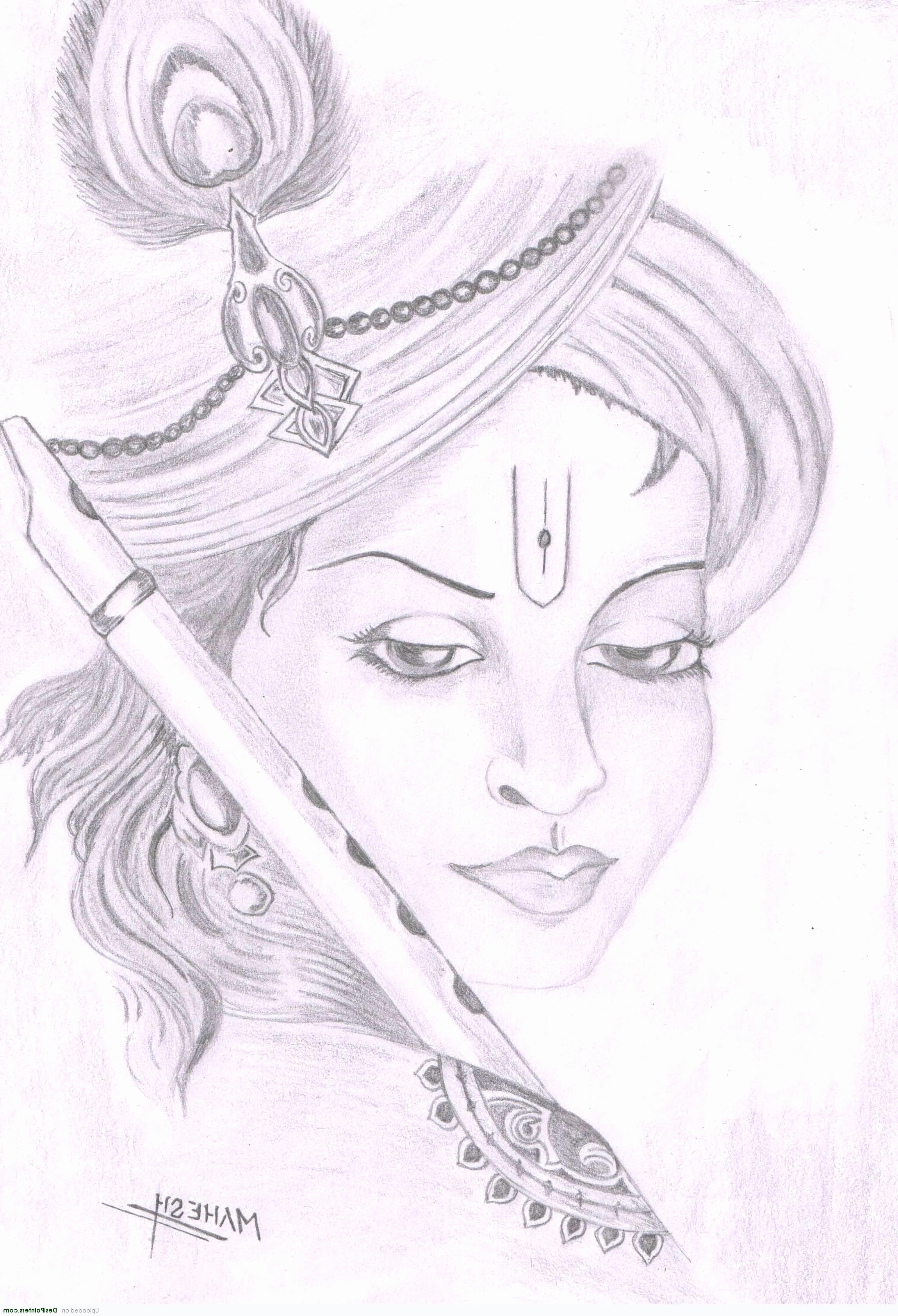

Pencil marks are allowed and they can make the drawing more interesting than if it was perfectly even. This is an informal sketch, not a photo-realist drawing, so you don't have to draw the spots or create a perfectly smooth surface. Look over the entire drawing and compare it to your subject, Sometimes, a little "artistic license" might be used to emphasize shadows and improve the form. You can always shade back over the area if you change your mind. A kneadable eraser is useful for erasing or "lifting out" tone if you shaded an area that you want to be lighter. If you have one, use a softer pencil-at least a B, or even a 2B or 4B-for the darker shadow areas. Most beginners make the mistake of drawing too lightly and shadowed areas may be quite black. When you see a dark area or shadow on the subject, don't be afraid to use a dark tone. The focus is on "global tone"-the overall effect of light and shadow-rather than the color and detail on the surface. The goal of this lesson is to create a fairly three-dimensional-looking shaded form, showing light and shade. This little trick is one way to prevent that effect.ĭon't worry about the surface detail such as spots or patterns. Sometimes, if you try to draw up to an edge or outline, the marks will get heavier as you get closer. To create a loose, hatched look in the sketch, allow some of the shading to carry across the outline. Using the side of the pencil for shading will show more paper texture. A more patient application allows you to get a smooth, fine tone with this method. As in the example, you can use the tip of the pencil so the pencil marks show for a technique called hatching (shading technique that implies shade, tone, or texture). There are a few ways that you can shade and you can use a combination of them in the sketch. You will instead shade the mid-tones and darkest shadow areas.Īlternatively, you can shade over an area and use an eraser to create the highlights. You want to avoid this area and allow the white paper to be the highlight. Note where the light shines onto the fruit and gives it a highlight. This class will help you improve drawing accuracy and better understand the charcoal medium.It's time to begin shading.
#PENCIL DRAWING IDEAS HOW TO#
The teacher Diane Flick will show you how to outline the scene, how to create texture with charcoal and how to use the materials. Draw a boat on the water with charcoalĭraw your own beautiful boat scene in this Skillshare class. Many artists gravitate to this style more than others. The focus throughout the drawing process is on rendering the quality of light, rather than focussing on detailing contrasted looking features that would appear in a hyperrealistic work. This approach to drawing with charcoal exudes spontaneity, with a loose, almost painterly style, it’s incredibly fun to try. It’s much easier to determine where the eye will sit if you’ve already established the shadows under the brow, for example. Because the artwork starts with the broad shapes and tones, artists don’t need to specifically measure placements of features. Then refine the highlights and shadows in the last layers. Use a Mono Zero eraser, tortillion and sponge tools to create subtle, soft value transitions. In this drawing, it appears as if the artist sculpts the figure from tonal masses on the paper.


 0 kommentar(er)
0 kommentar(er)
